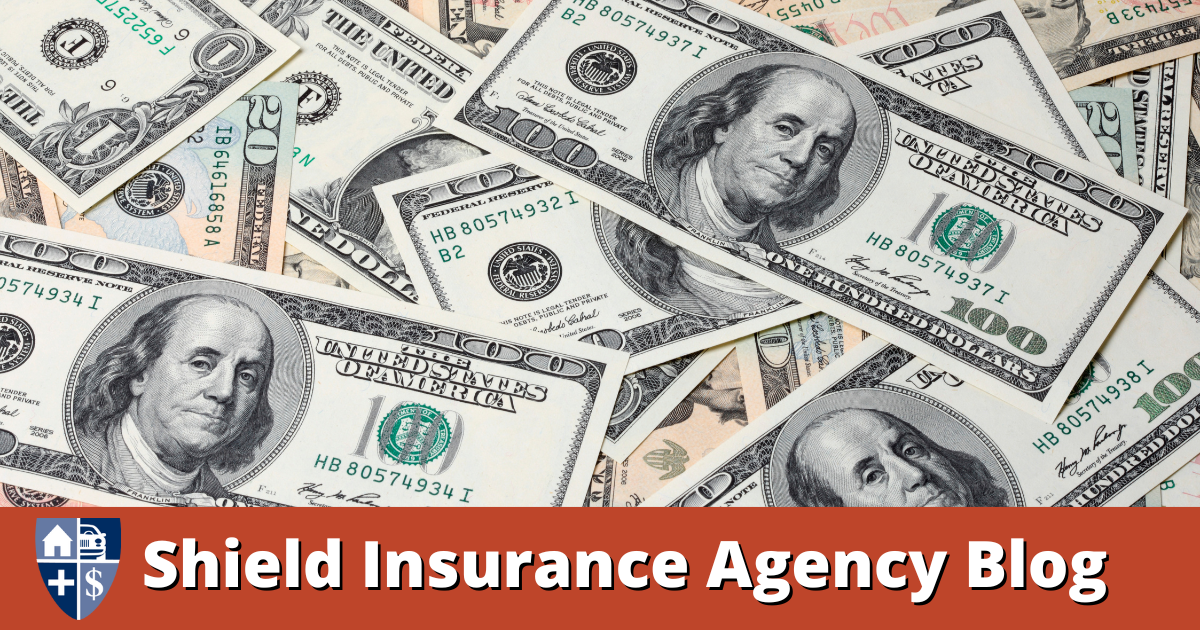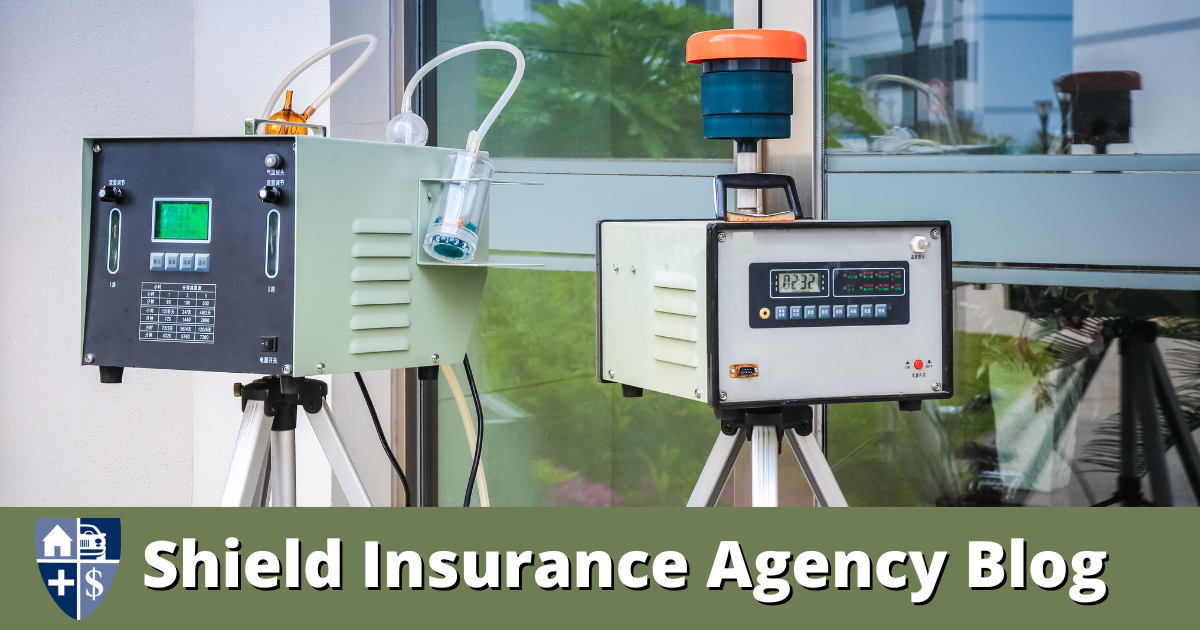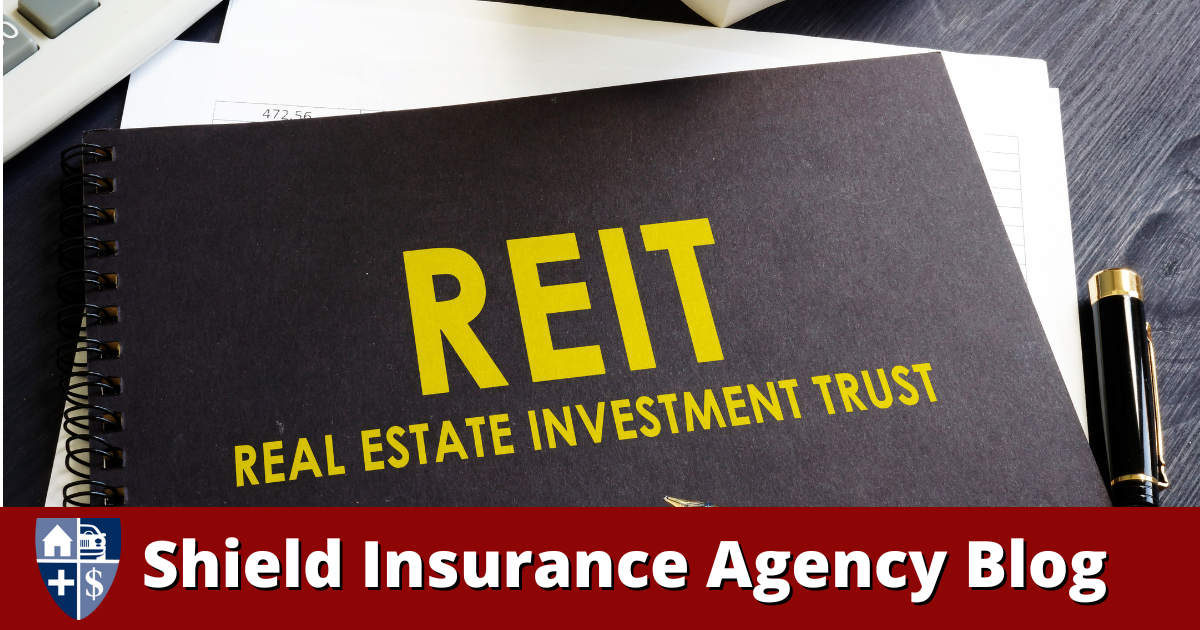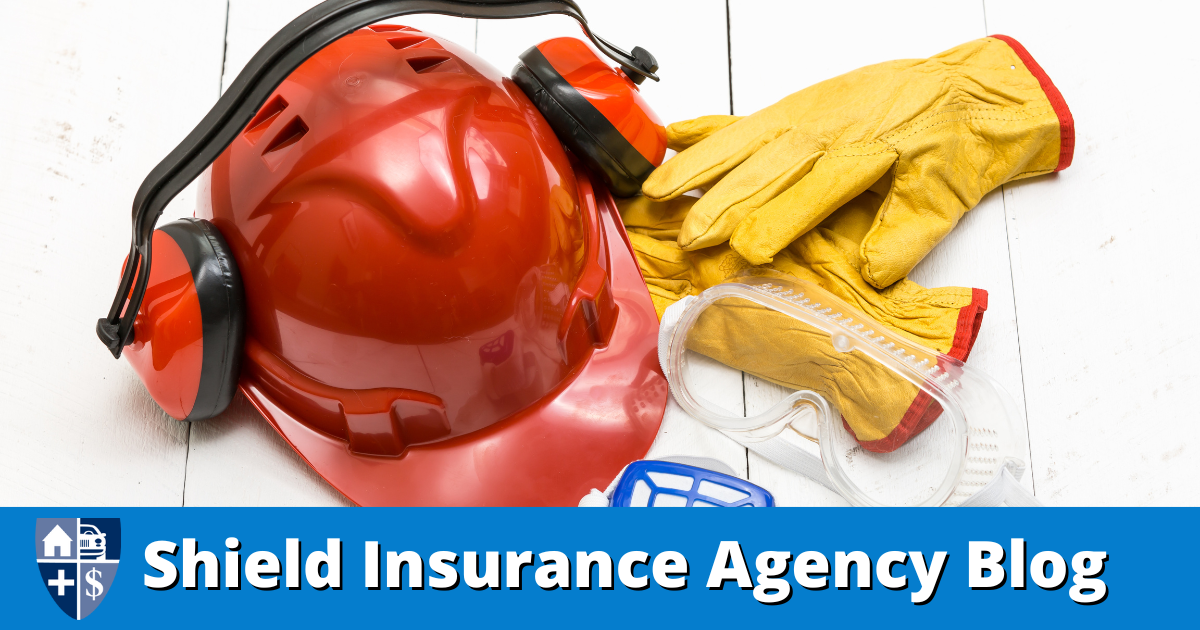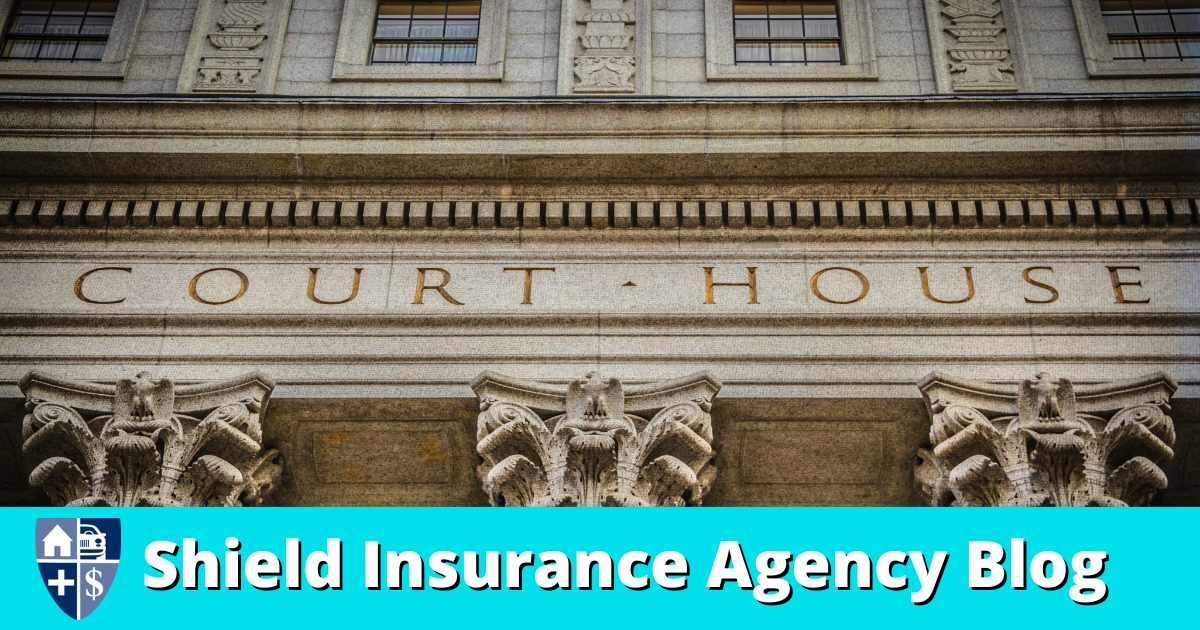
The 11 Best Remote Control Cars for Kids – And Some for Adults, Too!
Satisfy your need for speed and off-road adventures with these top picks for Remote Control Cars
Popular Machanics | BY RACHEL KLEIN | NOV 7, 2022 | Remote Control Cars | Auto Insurance
Updated Nov. 1, 2022: This piece was updated to reflect current pricing, including sales, and details specific to each of the remote control cars.
From monster trucks to speed demons that can clock 70 miles per hour, remote control cars deliver hours of fun, whether you’re an experienced hobbyist looking to upgrade and splurge on a higher-end model or a parent searching for an activity to get your kid off the iPad.
If you’re new to the RC world — that’s remote control, in pro lingo — shopping for a car (or RC airplane or truck, for that matter) can feel somewhat daunting at the start, as there a lot of technical details to wade through while you’re comparing models, even for kids’ toys. And, with so many car types and features, it can be tough to figure out which options meet your criteria for style and price. The good news is that while there may be a bit of a learning curve, you can get a taste of the action no matter your budget.
With that in mind, read on for our top recommendations, plus an RC car primer and essential advice to consider before you shop.
What to Consider when shopping for Remote Control Cars
While shopping, you may see the initials “RTR” in product descriptions, which stands for “ready to race.” This means you can start playing with it right out of the box or after charging, with no extra parts required to get it up and running. Keep in mind that some cars are labeled RTR even though batteries are sold separately.
There are hobby-grade RC cars and toy cars designed for kids, with the latter typically being less expensive, though there are toy cars that offer impressive performance and a low price point. The types of vehicles to choose from include off-road 4x4s and buggies, rock crawlers, and racing drift cars, so you’ll need to decide which you or your child will most enjoy. You’ll also often see the RC car’s scale listed, which represents its size in relation to the real deal.
Speed varies depending on what the car is built to do. For example, rock climbers don’t have to be incredibly fast to tackle boulders, but do need powerful high-torque motors, whereas you’ll want a race car that can hit at least 35 miles per hour. Less expensive RC cars generally have a two-button remote control, and those on the higher end have 2.4GHz pistol-grip style remotes with more advanced steering and throttle. Finally, if you do go for a high-end model, make sure that replacement parts and upgrades are easily available.
How We Selected
More great articles featured in the Shield Insurance Agency Blog
- Navigating Michigan Auto Insurance: Understanding Collision Coverage
- Russ Cook Runs 385 Marathons In 352 Days, Becomes First Man To Run Entire Length Of Africa
- Life Insurance Demystified: Whole Life vs. Term Life – Which is Right for You?
- Restaurant’s Quest For Mystery ‘ French Fry Girl ‘ Ends In Heartwarming Discovery
- Shield Insurance’s Roadmap to RV Insurance in Michigan: What You Need to Know





